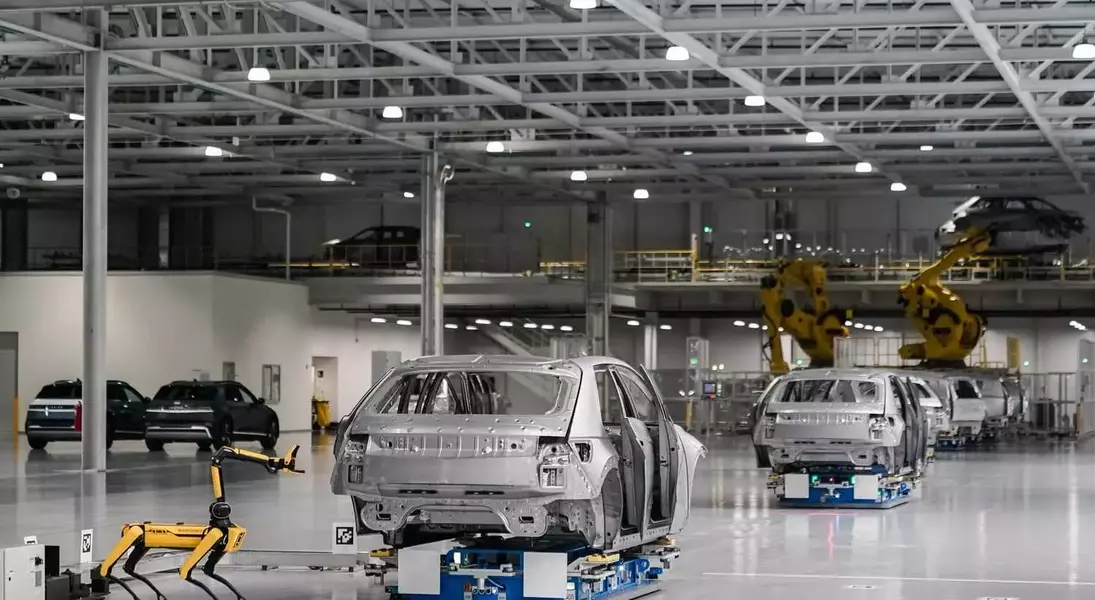
The Federal Reserve's recent decisions to lower interest rates aim to invigorate a cooling job market, yet experts express considerable doubt regarding the efficacy of this strategy. Despite these interventions, the core issues plaguing employment, such as a diminishing labor pool and the increasing influence of artificial intelligence, remain largely unaddressed. This complex scenario presents a significant challenge for policymakers, who must navigate between stimulating economic activity and maintaining stable prices, especially as concerns rise that rate cuts could inadvertently exacerbate inflation rather than foster sustainable job creation.
The Dual Impact of Interest Rate Adjustments on Employment Trends
The Federal Reserve has initiated a series of interest rate reductions, primarily to counteract a noticeable deceleration in job creation. The U.S. economy recently experienced a significant drop in new jobs, including a rare net loss of jobs, which contrasts sharply with previous periods of robust employment growth. However, this slowdown in job additions has not translated into a higher unemployment rate due to a simultaneous decrease in the number of individuals seeking employment. This phenomenon has created an unusual equilibrium, characterized by fewer new jobs and fewer job seekers, which Federal Reserve Chair Jerome Powell aptly described as a "curious balance."
Policymakers are concerned that this delicate balance could easily tip towards a more severe economic downturn marked by widespread layoffs. Several deep-seated factors, unconnected to interest rates, contribute to the current labor market dynamics. These include demographic shifts like an aging population, government policies on immigration, rapid advancements in artificial intelligence, and uncertainties stemming from trade policies. These elements collectively challenge the traditional effectiveness of interest rate cuts, suggesting that monetary policy alone may not be sufficient to address the multifaceted issues currently influencing the job market. The Fed's ongoing debate reflects the inherent difficulty in using a broad economic tool to tackle problems rooted in structural and demographic changes.
Monetary Policy's Role in Consumer Spending and Economic Revival
The Federal Reserve's current approach involves reducing the federal funds rate, a move designed to lower borrowing costs across various financial products, including credit cards and car loans. This strategy is a conventional tactic employed to stimulate economic activity during potential downturns. By making credit more affordable, the central bank aims to encourage consumers to increase their purchases of goods and services. The anticipation is that this rise in consumer demand will prompt businesses to ramp up production and, consequently, hire more workers to meet the increased output. This creates a positive feedback loop: more hiring leads to greater consumer spending, further fueling economic growth.
Federal Reserve Governor Christoper Waller has voiced support for further rate cuts, emphasizing their potential to alleviate financial burdens on households, particularly those with low and middle incomes, by making significant purchases like vehicles more accessible. The logic is that reduced borrowing costs could prevent a deeper weakening of the labor market, offering a form of economic insurance. While this strategy successfully stimulated job recovery after the pandemic-induced downturn, there's a growing concern about its effectiveness in an environment with a shrinking workforce. If businesses cannot find qualified employees despite increased demand, lower rates might merely drive up prices for limited goods and services, leading to inflation without a corresponding boost in employment. This paradox underscores the complex challenge facing the Fed as it attempts to fine-tune monetary policy amid evolving economic conditions.
